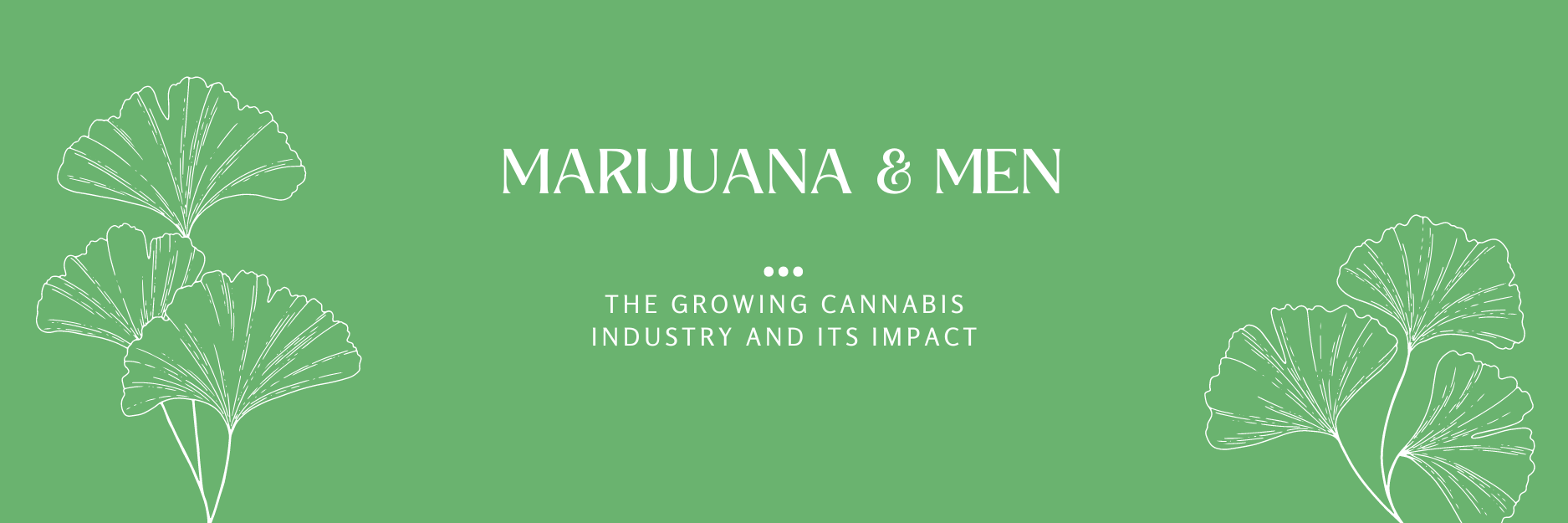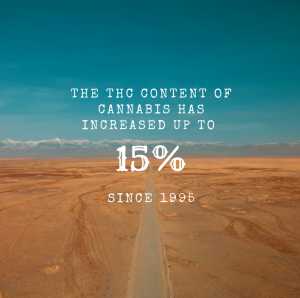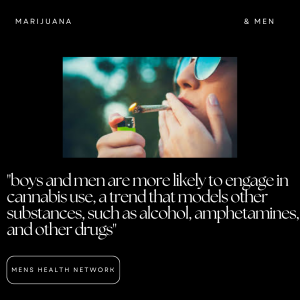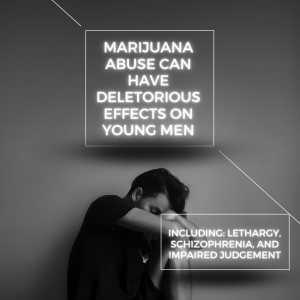Legalization & What it Means for Men
Twenty-three states and the District of Columbia allow for the recreational and medicinal use of marijuana and a combined forty-one states and the District of Columbia allow marijuana use for medicinal purposes, according to MJ Biz Daily.
And a drug that is mostly smoked has taken on new forms as well. Edibles and drinkables are becoming more popular, and THC (tetrahydrocannabinol), the ingredient that makes a person high, last longer in the system with edibles than smoking and vaping. Another consideration is the strength of today’s marijuana. “Overall, the potency of illicit cannabis plant material has consistently risen over time since 1995 from approximately 4% in 1995 to approximately 12% in 2014.” Cannabis seized by the DEA is showing THC increases of over 15 percent.
Substance Use & Men
Not surprisingly, boys and men are more likely to engage in cannabis use, a trend that models other substances, such as alcohol, amphetamines, and other drugs. Educational level plays a role in substance use. Young men who are not going into college and careers directly out of high school are particularly vulnerable. Although marijuana use is on the rise among college students and males and females, males with lower education levels, particularly high school dropouts, are even more susceptible.
Trends in prevalence of marijuana use among non-enrolled college students and college students 1 to 4 years beyond high school shows male disparities in substance use of marijuana for those non-enrolled in college as well as males who are enrolled in college (National Survey Results on Drug Use).
Although there has been an increase in the use of cannabis among men and women, successive Cannabis surveys (2002 and 2014) showed that men accounted for 60% of those who used marijuana in the last year in 2002 and 61% of those who used marijuana in the last year in 2014.
And now that cannabis is an emerging industry that is changing rapidly, research is trying to keep up with the effects of increased use and the higher levels of THC in cannabis products.
According to one NIH press release, “near daily cannabis use, cannabis use disorder, and new schizophrenia diagnoses are higher among men than women, and that early, frequent cannabis use is associated with an increased risk of developing schizophrenia.”
Legalization & What it Means for Men & Boys
In a recent Wall Street Journal (WSJ) article, employers are also taking notice, as “American Workers Testing Positive for Marijuana Reaches 25-Year Record: Drug testing reveals surge in employee marijuana use as more states legalize.”
The use of substances that impair judgement, not just abuse of substances but use of substances, is a particularly important topic for males, who are more likely to use substances to a greater degree.
Although the WSJ mentioned that “marijuana was the main driver of the rise in positive drug tests, [and that] more tests also came back positive for amphetamines,” it did not address the sex differences in substance use. With 92% of workplace fatalities being male and men in occupations that may lend themselves to substance use and potential abuse, an Office of Men’s Health that tracks such data would be indispensable. (There is no federal Office of Men’s Health but there is a federal Office of Women’s Health).
“One study among postal workers found that employees who tested positive for marijuana on a pre-employment urine drug test had 55% more industrial accidents, 85% more injuries, and 75% greater absenteeism compared with those who tested negative for marijuana use” (NIH).
More Research is Needed
More work is needed on the effects of marijuana and men as the cannabis industry continues to grow with profits projected to reach tens-of-billions over the next decade and new marketing strategies aimed at younger customers who may be more susceptible if life has less to offer.









